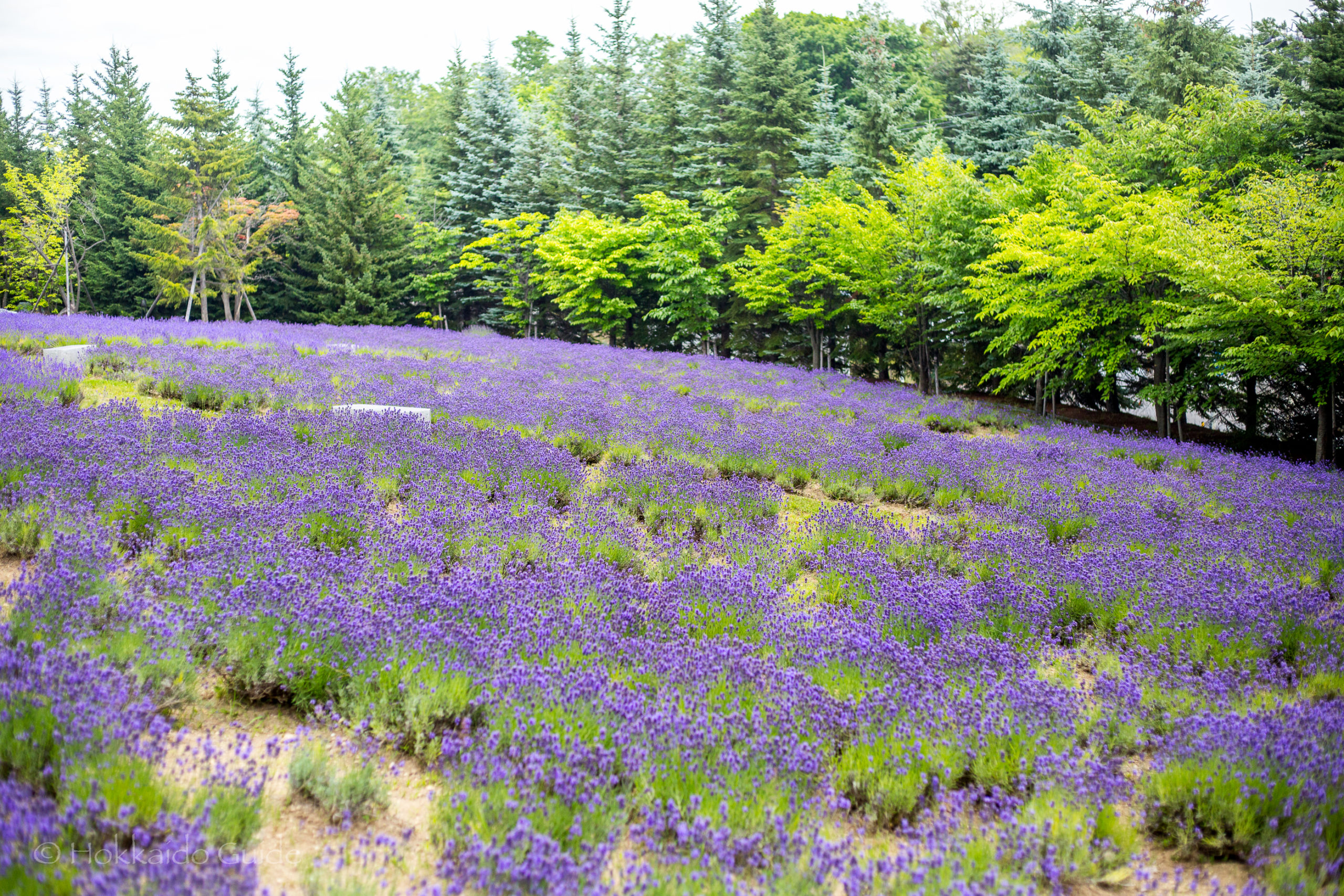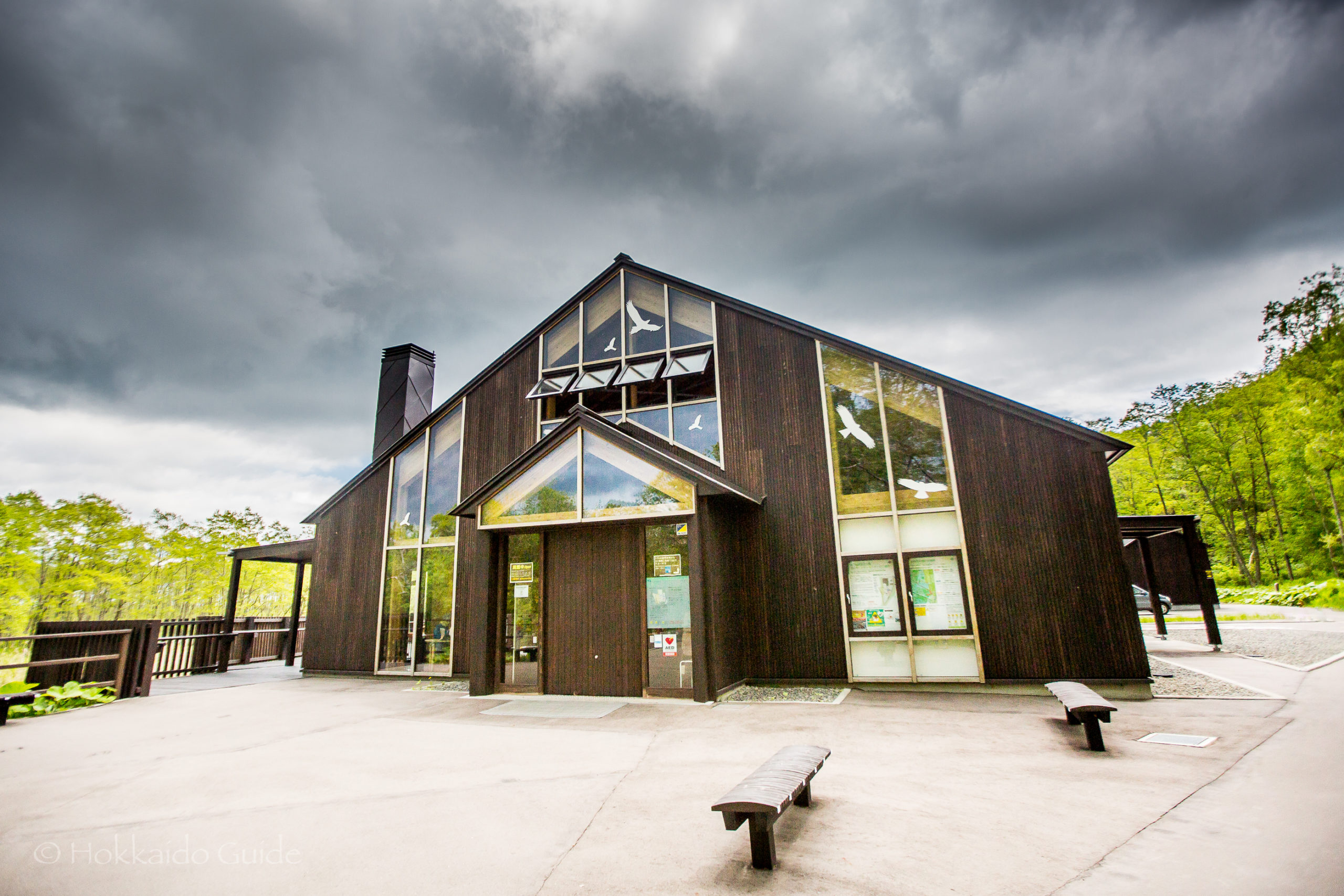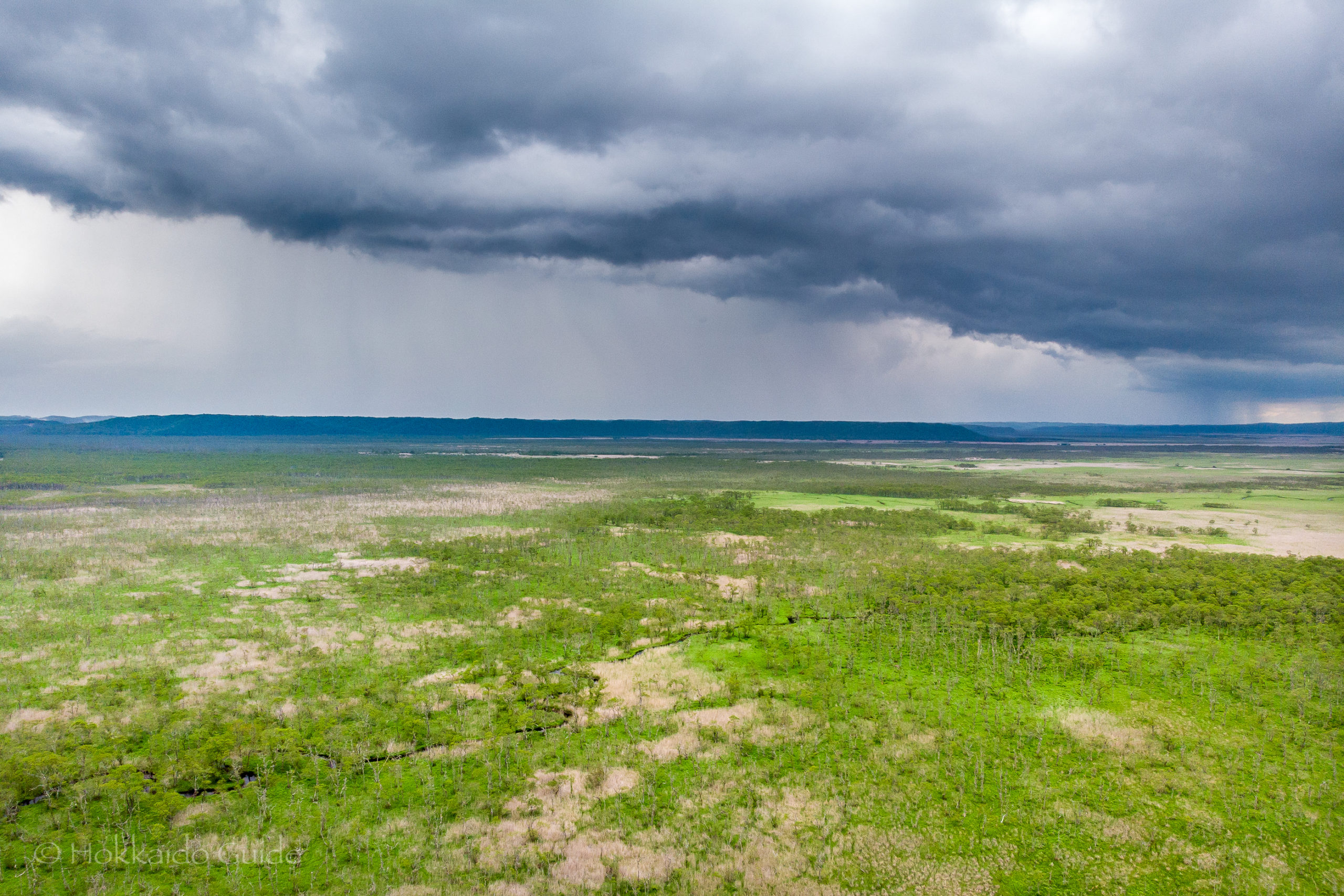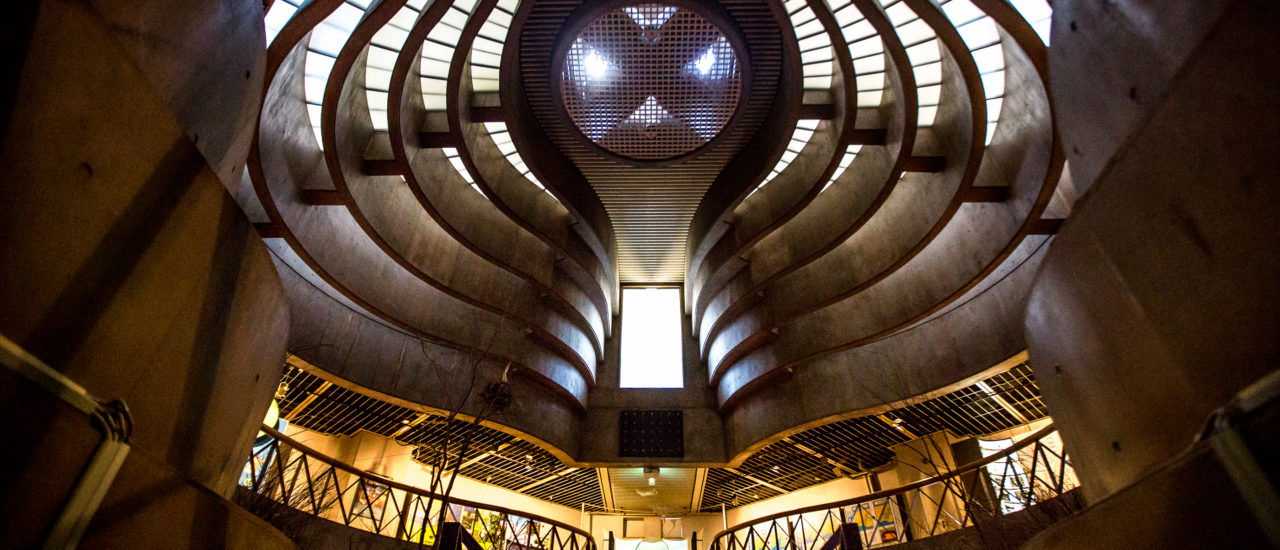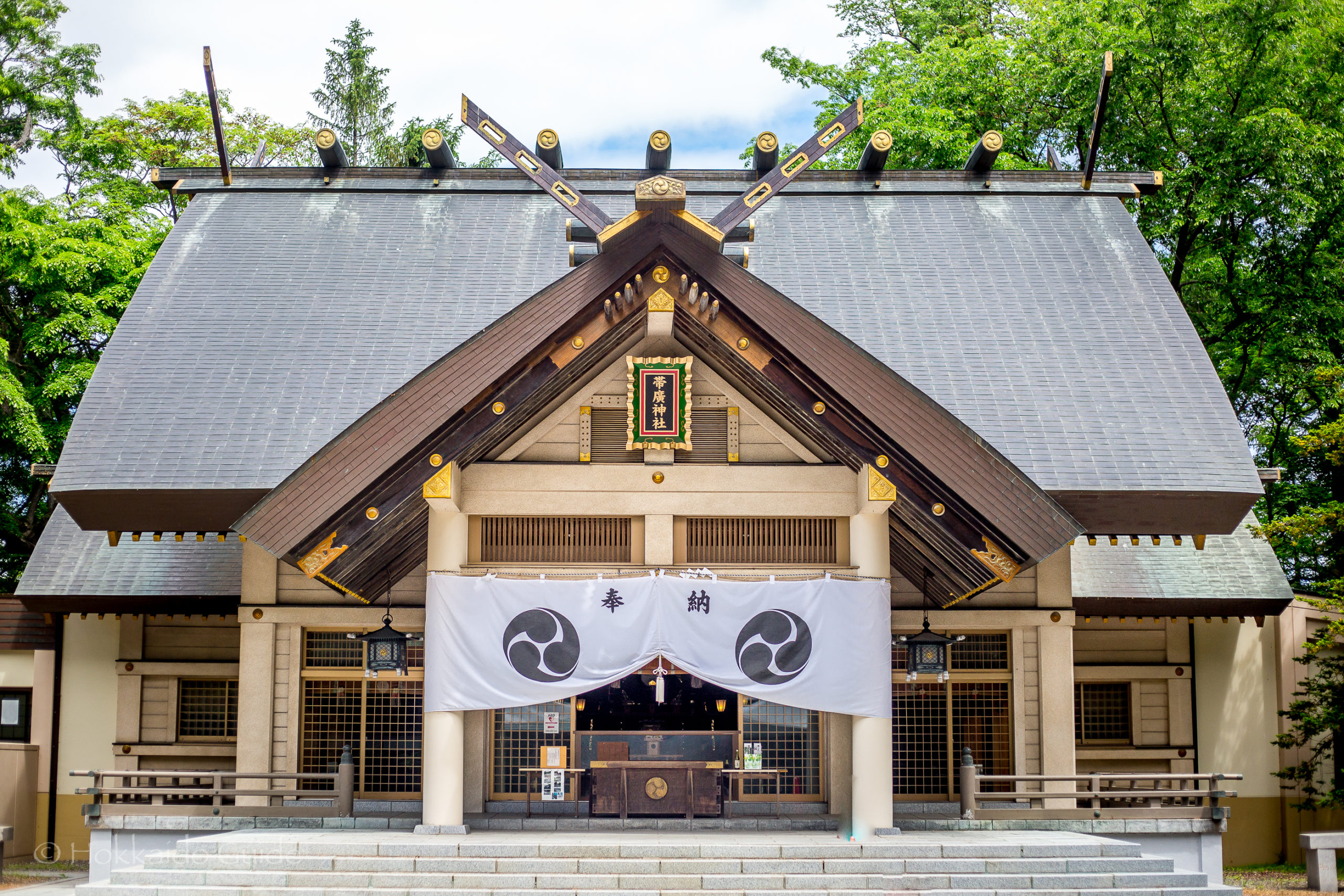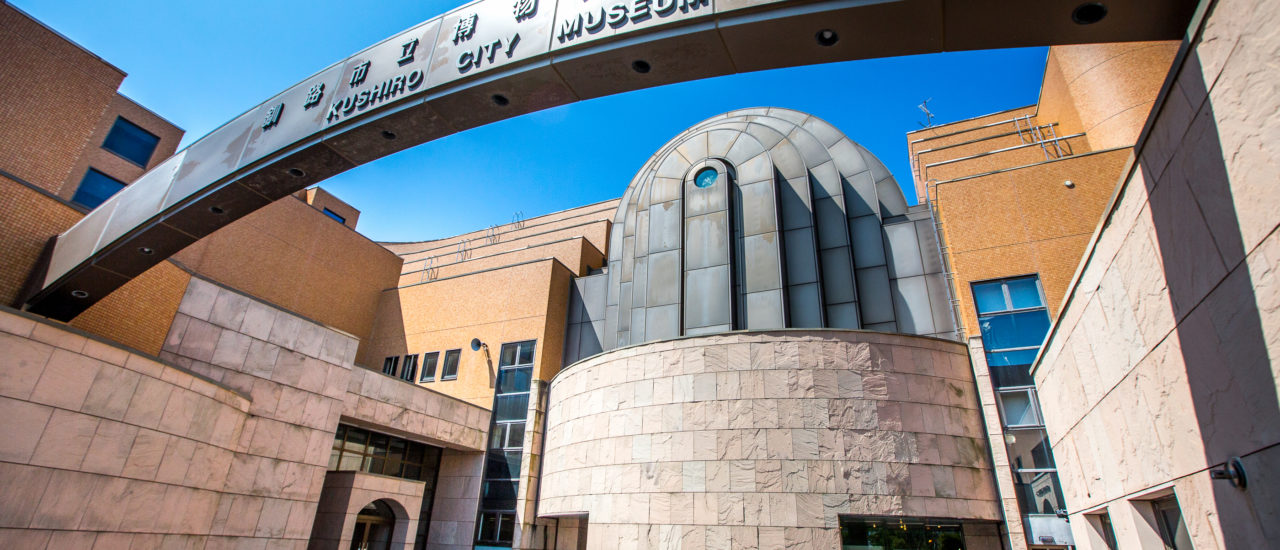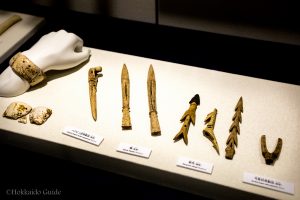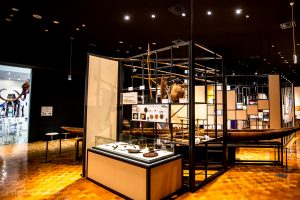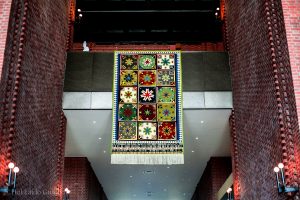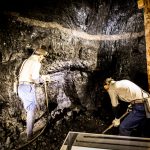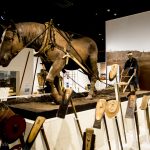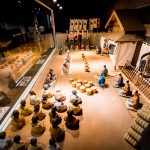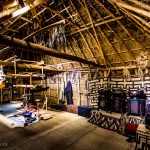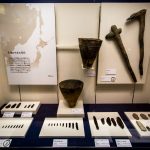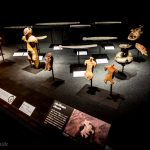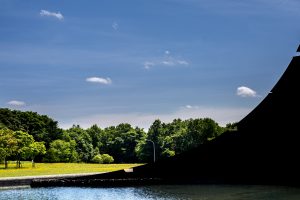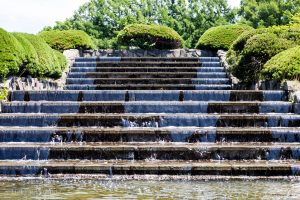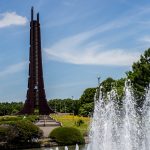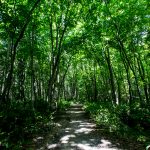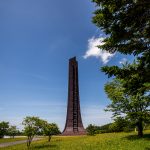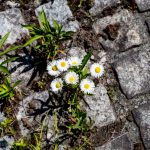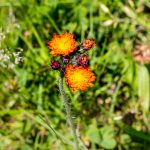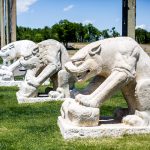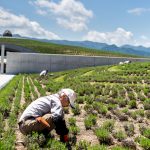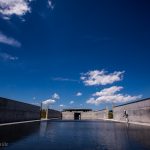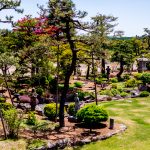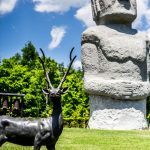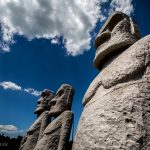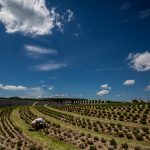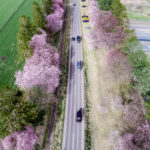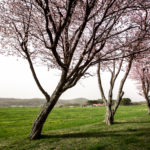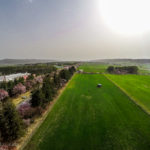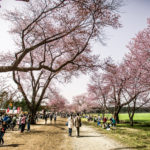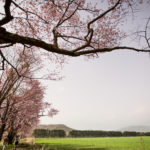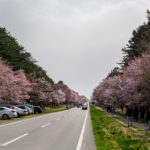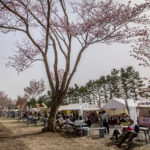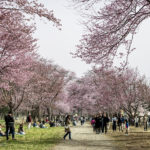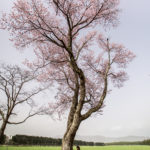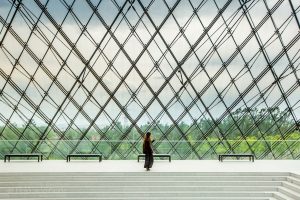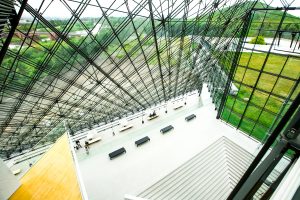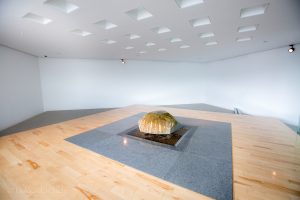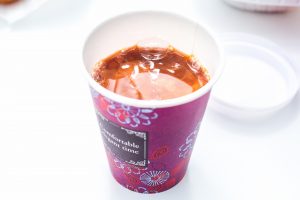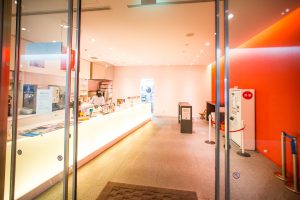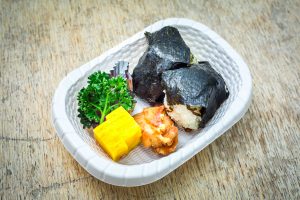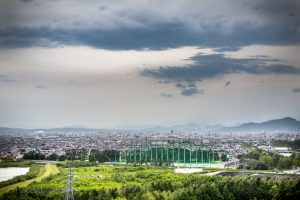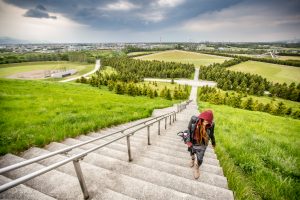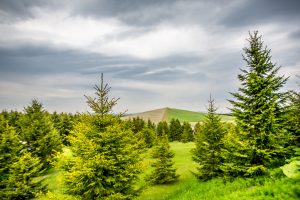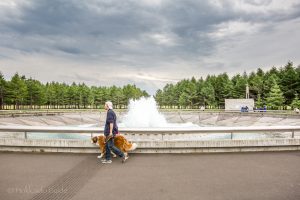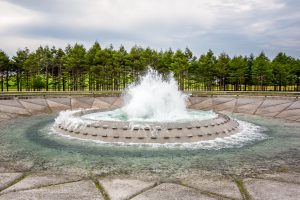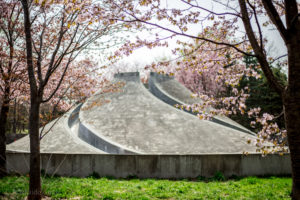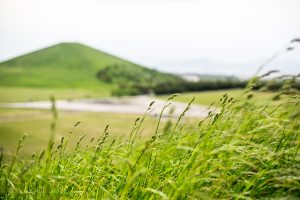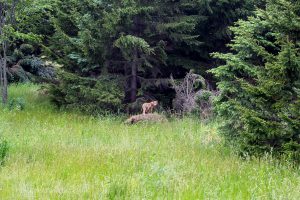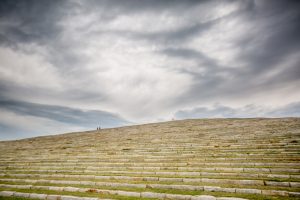
Tag: Sightseeing
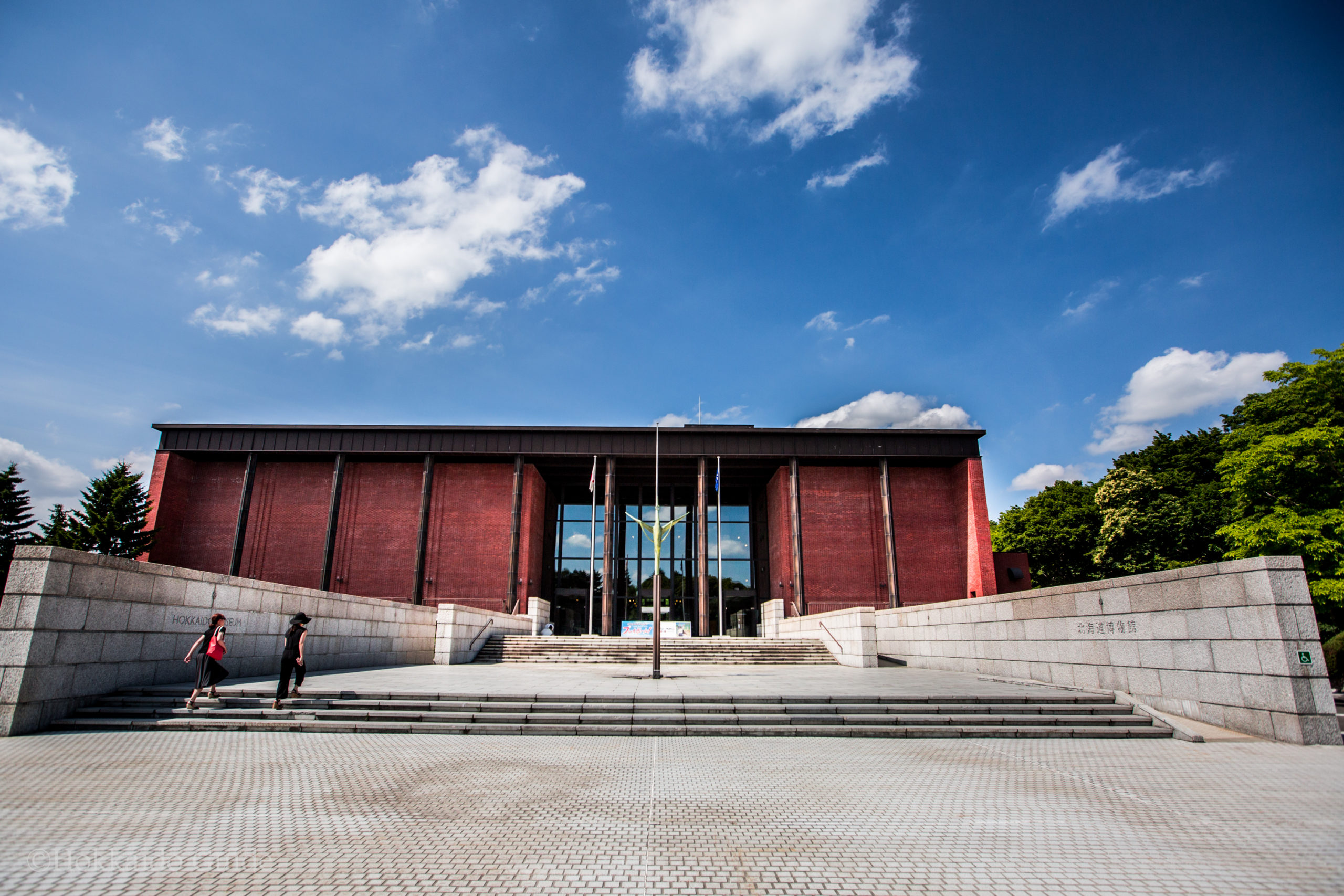
Hokkaido Historical Museum
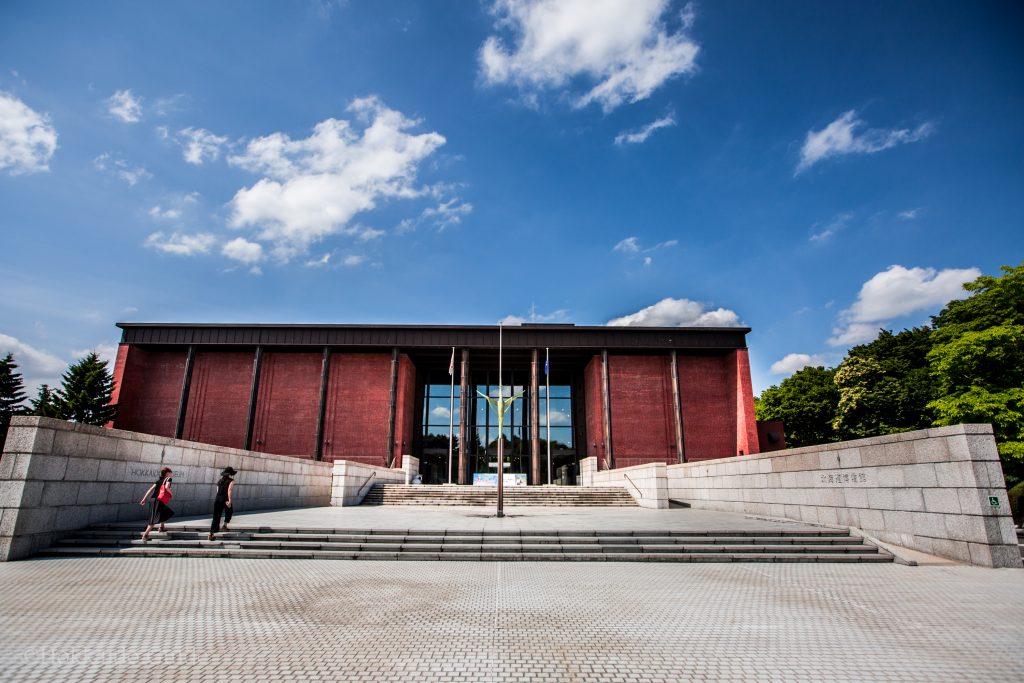
| Admission | Main Exhibition Hall Adults ¥600 Students ¥300 Hokkaido Museum & Hokkaido Historical Village Adults ¥1200 Students ¥700 |
| Opening Hours | 9:30 - 17:00 (May to September) 9:30 - 16:30 (October to April) |
| Closed | Every Monday (If the Monday is a public holiday then the Tuesday will be closed) December 29th - January 3rd |
| Contact | Phone: 011-898-0466 Fax: 011-898-2657 |
| Notes | Audio Guides are available in Japanese, English, Chinese, Korean and Russian. Audio Guides are available for rental at the Welcome Center on the 1st Floor. In the Main Exhibition Hall, there are multilingual explanation boards in each exhibition area. Wheelchair access Lockers available |
| Getting There | From Shin-Sapporo Station Bus Terminal Stop 10 Take the JR Bus No. “Shin 22” bound for the Historical Village of Hokkaido, then get off at Hokkaido Museum The bus ride lasts 15 minutes. From Shinrinkoen Station Higashiguchi (East Entrance) stop The aforementioned bus from Shin-Sapporo Station stops at Shinrinkoen Station. The bus ride lasts 5 minutes. On foot It is 20 to 25 minutes on foot from Shinrinkoen Station. |
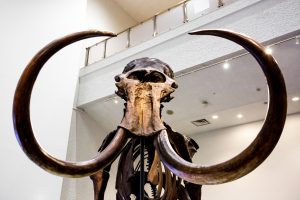 The Hokkaido Museum, also known as Mori-no-Charenga was opened in 2015. This 2 story building replaces the old Historical Museum and joins the Ainu Research Culture Centre. The museum is open to the public and introduces a look into the history, culture and nature of Hokkaido. It researches the relationship between the natural environment and people, the Ainu culture, and the lives of the immigrants coming from Honshu. It also collects and preserves materials from the land and the people of Hokkaido, and conducts exhibitions, educational activities and events.
The Hokkaido Museum, also known as Mori-no-Charenga was opened in 2015. This 2 story building replaces the old Historical Museum and joins the Ainu Research Culture Centre. The museum is open to the public and introduces a look into the history, culture and nature of Hokkaido. It researches the relationship between the natural environment and people, the Ainu culture, and the lives of the immigrants coming from Honshu. It also collects and preserves materials from the land and the people of Hokkaido, and conducts exhibitions, educational activities and events.
[the_ad id=”4264″]
The museum is beautifully laid out and the exhibits are well presented, well lit and the information is available in English and Chinese. There are 2 floors. The bottom floor looks at the history of Hokkaido and goes through artifacts and fossils throughout the region. It also has models and artifacts looking at the history of the fascinating Ainu culture. The 2nd floor looks at the more modern history of Hokkaido and its wildlife. It has some hands on items that are great for the kids. The second floor also has a lookout platform and rest area that has views of Nopporo forest.
2nd floor exhibit

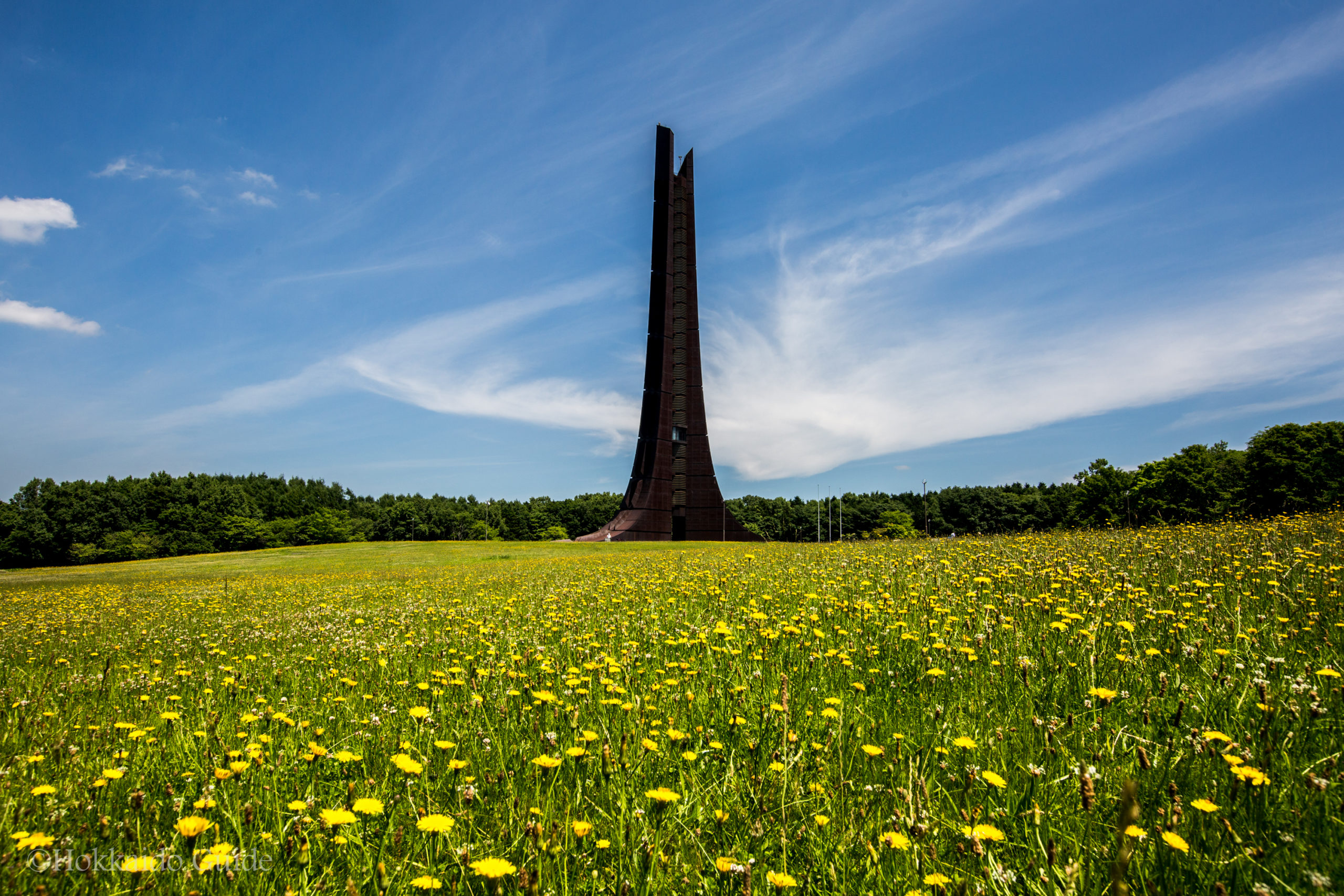
Centennial Memorial Tower
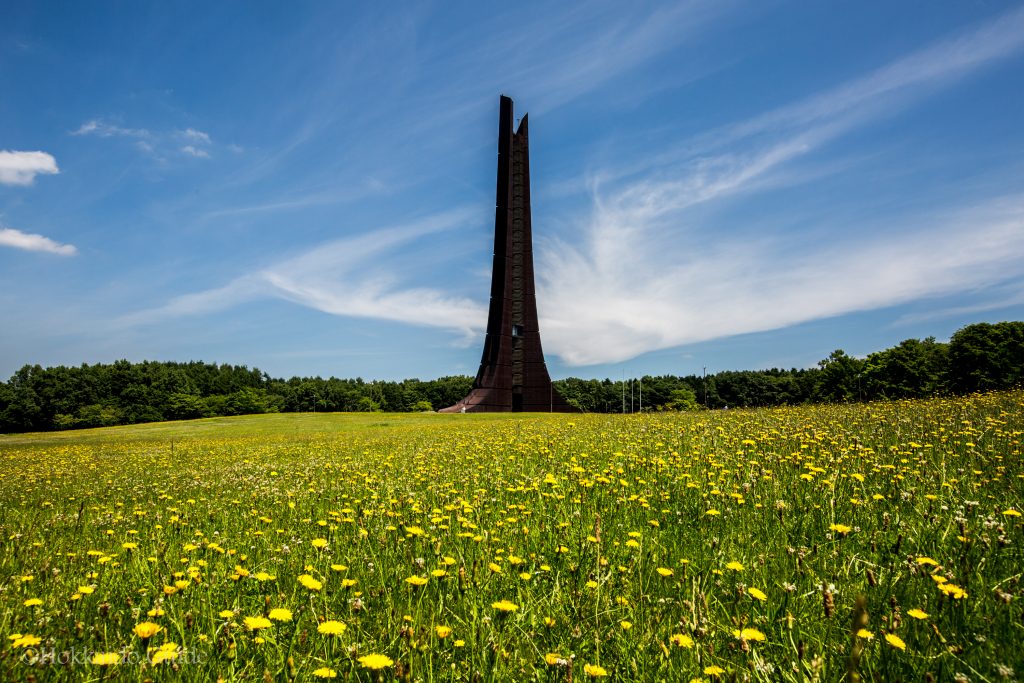
| Admission | - |
| Opening Hours | 9:00 - 17:00 |
| Closed | November - April (winter) |
| Contact | 011-898-0455 http://www.kaitaku.or.jp |
| Notes | Free admission. Tower entry is closed to the public. This is due to awaiting renovations. 5 minute walk from the Hokkaido Historical Museum |
| Location / Getting There | Located in Nopporo Forest. Take the JR bus from Sapporo station or Shin Sapporo station, heading to Kaitaku-no-mura. Get off at Nopporo Forest Park. It's a 5 minute walk. Nopporo Forest Park, 53-2 Konopporo, Atsubetsu-cho, Atsubetsu-ku, Sapporo 北海道札幌市厚別区厚別町小野幌53-2 (野幌森林公園) |
Nopporo Forest
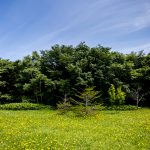
[the_ad id=”4264″]
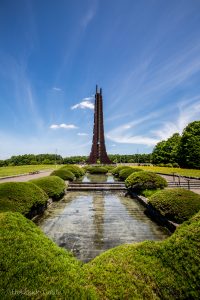 You may be forgiven for thinking you had walked onto a set of ‘Lord of the Rings’ as this tower has a striking look to it. In the summer it is surrounded by huge fields of dandelions and is a beautiful place to walk around. Surrounding the fields is the dense Nopporo Forest. The shape of the tower is meant to imitate snow crystals, as it has a hexagonal base. The cross section of the tower represents the Chinese character ‘north’. The uneven walls are symbolic of the struggles the people of old had, during long hard winters, and the rising tower curving to the sky shows hope for the future. There is an observation deck 23 metres up on the 8th floor and there are stairs that continue all the way up to the roof. On top there are views of Sapporo and surrounding areas BUT unfortunately entry into the tower is prohibited!
You may be forgiven for thinking you had walked onto a set of ‘Lord of the Rings’ as this tower has a striking look to it. In the summer it is surrounded by huge fields of dandelions and is a beautiful place to walk around. Surrounding the fields is the dense Nopporo Forest. The shape of the tower is meant to imitate snow crystals, as it has a hexagonal base. The cross section of the tower represents the Chinese character ‘north’. The uneven walls are symbolic of the struggles the people of old had, during long hard winters, and the rising tower curving to the sky shows hope for the future. There is an observation deck 23 metres up on the 8th floor and there are stairs that continue all the way up to the roof. On top there are views of Sapporo and surrounding areas BUT unfortunately entry into the tower is prohibited!
Unfortunately, and very disappointingly, access into the tower is not allowed due to safety regulations. The tower has fallen into some disrepair over the years and is therefore unsafe to enter and climb up. Although you can’t enter the building it is still definitely worth going to see as it really is an interesting piece of architecture and Nopporo park itself is a great place to walk around, and its free!
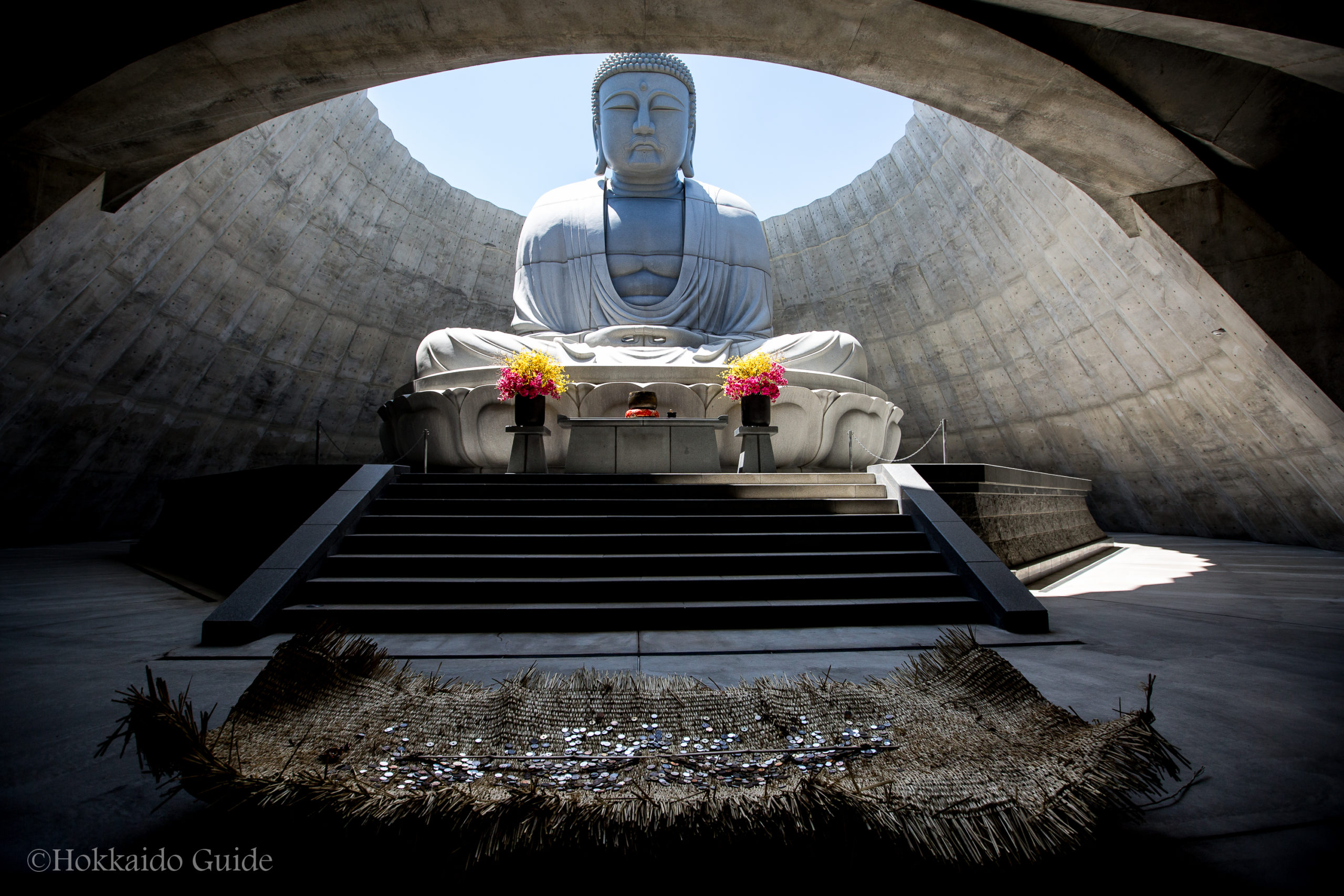
Makomanai Takino Cemetery
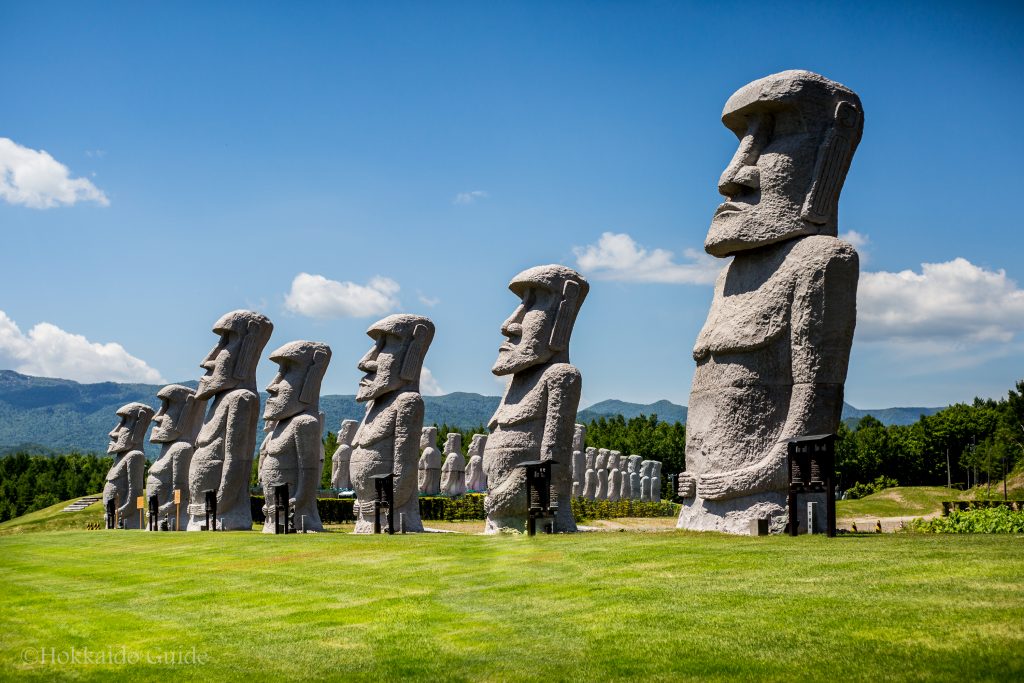
| Admission | - |
| Opening Hours | 8:45 - 16:00 |
| Closed | New Years Day |
| Contact | 011-616-2855 |
| Notes | Need a car to get there or can take a taxi. Buses available. |
| Location / Getting There | 〒005-0861, Makomanai, Minami-ku, Sapporo-shi, Hokkaidō 005-0861 20 minute taxi ride from Makomanai station |
If you don’t know about this place and are driving past you may be forgiven for doing a double take or checking that your eyesight is OK! The first thing you will see are rows and rows of giant Easter Island Moai heads! This strange sight means you are at the Makamonai Takino Cemetery. Makomanai Takino Cemetery was established in 1982. It covers 1,800,473㎡, and is open all year round. There’s a free shuttle service from Makomanai Station, and admission is free.
[the_ad id=”4264″]
Stonehenge
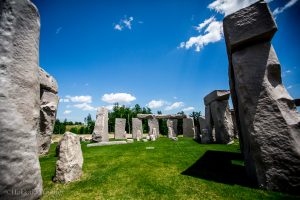
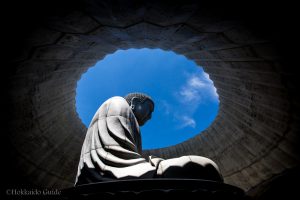 To the right of the Easter Island heads is a road that will lead you to a flower area, and the entrance to a giant Buddha statue which is probably the center piece for the whole park. The Buddha statue is very impressive and can be found at the end of a sculpted tunnel which leads into a large hill. The hill is topped with lavender and is stunning in summer! This area is beautifully designed with large pools of water, and pathways surrounded with flowers. This place is a fantastic spot for photos. For bus timetables please see below.
To the right of the Easter Island heads is a road that will lead you to a flower area, and the entrance to a giant Buddha statue which is probably the center piece for the whole park. The Buddha statue is very impressive and can be found at the end of a sculpted tunnel which leads into a large hill. The hill is topped with lavender and is stunning in summer! This area is beautifully designed with large pools of water, and pathways surrounded with flowers. This place is a fantastic spot for photos. For bus timetables please see below.
| Weekdays Makomanai station to Takino Cemetery | Makomanai Station Bus station No.2 Bus No. 102 Fare : ¥370 | 9:15 10:15 11:15 12:15 13:20 |
| Weekdays Takino Cemetary to Makomanai station | Fare : ¥370 | 9:54 10:54 12:09 13:04 14:09 |
| Weekends Makomanai station to Takino Cemetery | Makomanai Station Bus station No.2 Bus No. 102 Fare : ¥370 | 9:15 10:15 11:20 11:45 12:45 13:20 |
| Weekends Takino Cemetery to Makomanai station | Fare : ¥370 | 10:22 10:59 12:09 12:39 13:33 14:08 |
*From December to March, buses run from 10:00 – 14:00
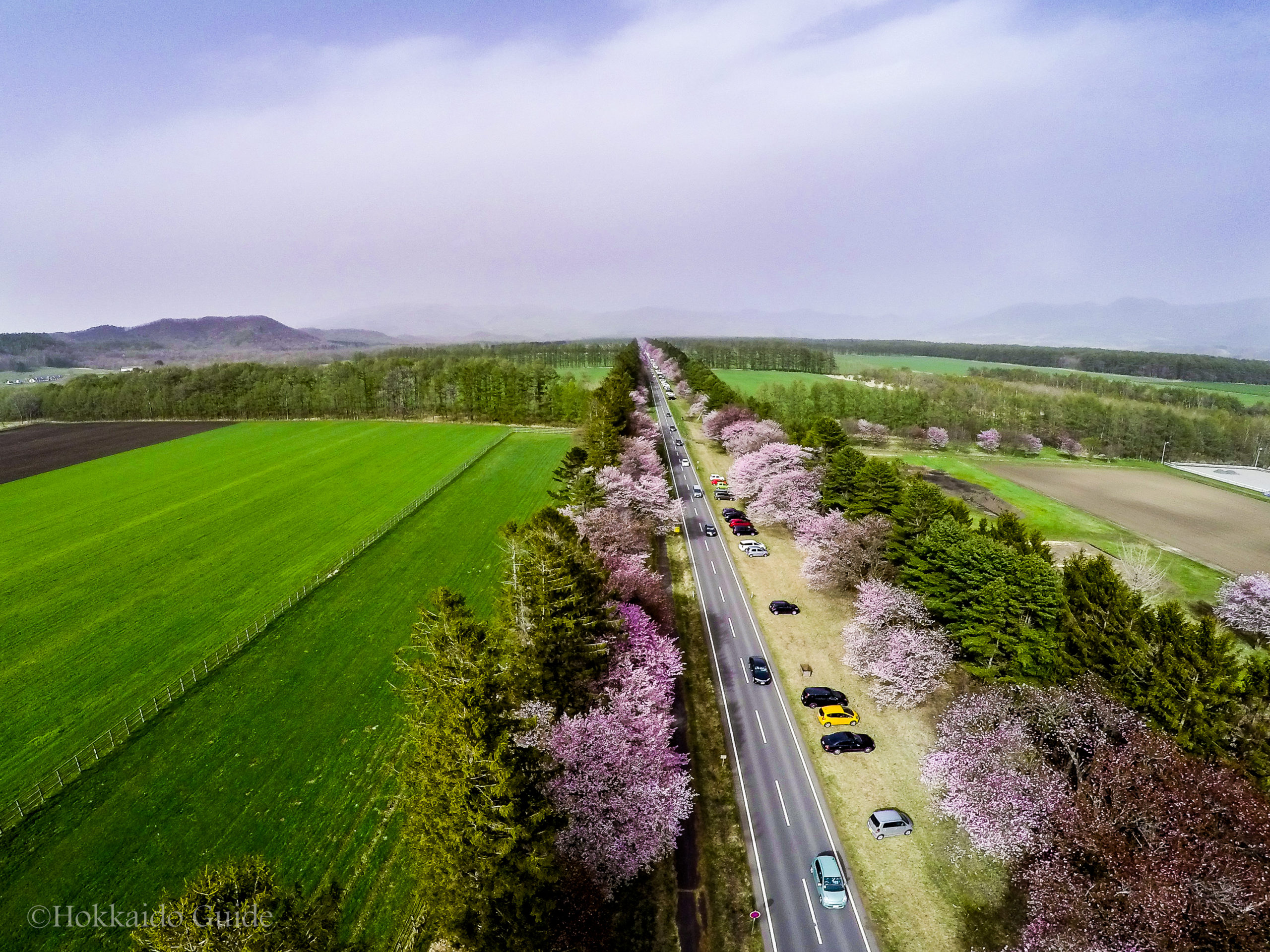
Shizunai Cherry Blossom Festival

| Dates | Early May - Mid May |
| Contact | 0146-42-1000 (Shinhidaka Tourist Association) |
| Getting there | 15 minutes by taxi from JR Shizunai Station 3 hour drive from Sapporo |
| Notes | Best to get there by car |
| Location | Shizunaitahara to Shizunaimisono, Shinhidaka-cho, Hidaka-gun, Hokkaido 056-0144 |
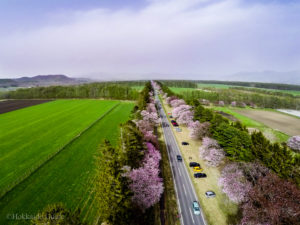 Shizunai Road is the home to around 3,000 cherry blossom trees, including the vivid Sargant cherry tree. The road looks absolutely fantastic during the cherry blossom season and is one of the top cherry blossom viewing spots in Hokkaido! The road is 7km long and 36 meters wide and the cherry blossoms stretch as far as the eye can see. Every year over 200,000 visitors drive down to view this amazing sight. The Shizunai Cherry Blossom Festival is held here every year!
Shizunai Road is the home to around 3,000 cherry blossom trees, including the vivid Sargant cherry tree. The road looks absolutely fantastic during the cherry blossom season and is one of the top cherry blossom viewing spots in Hokkaido! The road is 7km long and 36 meters wide and the cherry blossoms stretch as far as the eye can see. Every year over 200,000 visitors drive down to view this amazing sight. The Shizunai Cherry Blossom Festival is held here every year!
[the_ad id=”4264″]
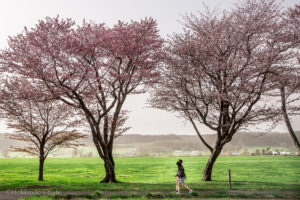 You will need a car to get there, or to hire a taxi from the train station which is about a 15 minute drive. If you have a car, then there is plenty of space to park the car along the road underneath the cherry blossom trees and take a nice walk along the path. The mountains are a great backdrop to the cherry blossom trees. The festival is located halfway along the stretch of road.
You will need a car to get there, or to hire a taxi from the train station which is about a 15 minute drive. If you have a car, then there is plenty of space to park the car along the road underneath the cherry blossom trees and take a nice walk along the path. The mountains are a great backdrop to the cherry blossom trees. The festival is located halfway along the stretch of road.
Shizunai Festival
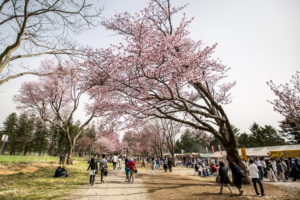
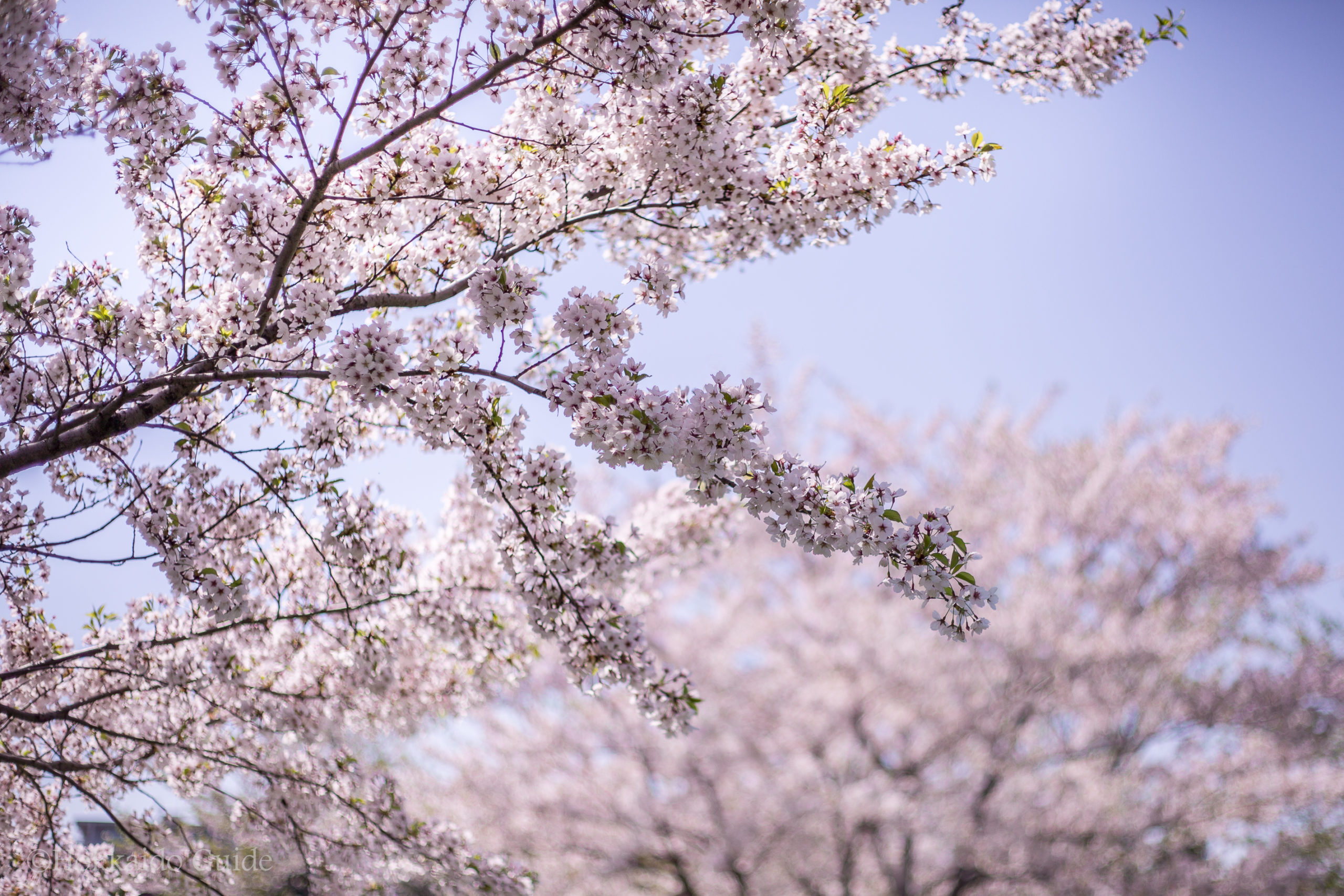
Cherry Blossom Viewing
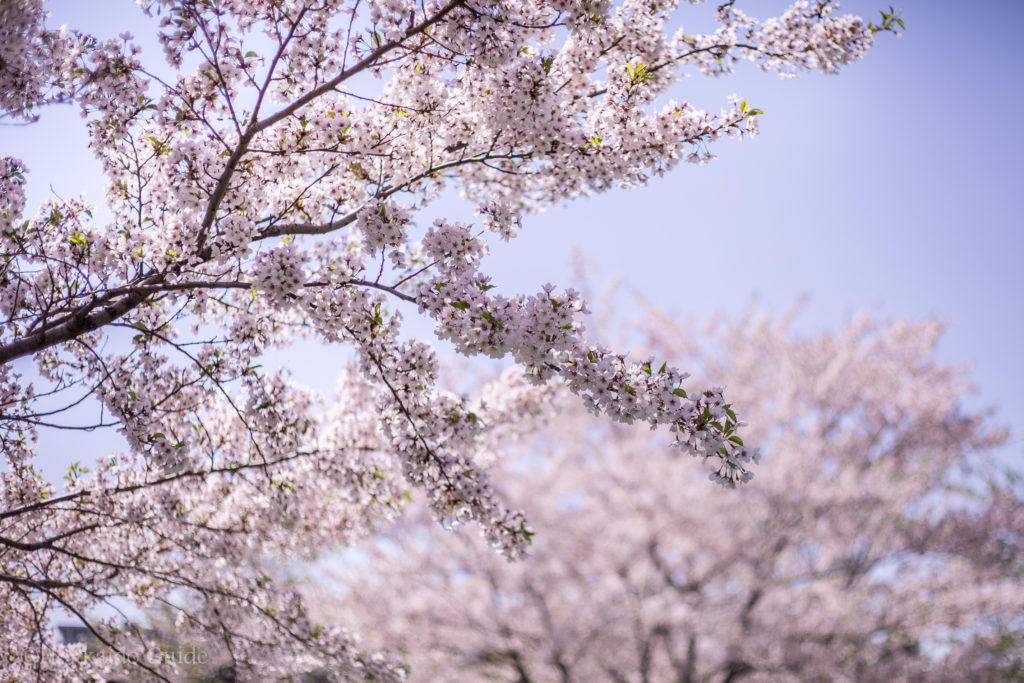
One of Japans oldest and most famous symbols is that of the cherry blossom (sakura). Such is the beauty of this national flower that the practice of “Hanami” (cherry blossom viewing) started over 1000 years ago. Under the sakura trees, people had lunch and drank sake in cheerful feasts. This tradition is as popular now as it was back then. BBQ’s, quiet picnics, lunches and of course, the consumption of beer and wine are very popular all over the country. In Japan, cherry blossoms symbolize clouds due to their nature of blooming en masse, and are said to be an enduring metaphor for the ephemeral nature of life.
[the_ad id=”4264″]
So! With that in mind, when and where is the best spot in Hokkaido to have a Hanami, get some good cherry blossom pics, or to simply walk around and enjoy the beauty of these flowers?
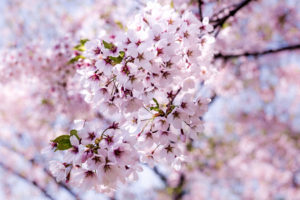 First, the when. Hokkaido’s cherry blossoms come out in early May! Usually in the first or second week. Cherry blossoms are very fleeting, and the blooming is usually over within 2 weeks. Full bloom (mankai) is usually reached within about one week after the first blossoms (kaika) open. Another week later, the blooming peak is over and the blossoms are falling from the trees. Strong wind and rain can cut the blooming season even shorter. Hokkaido is the last place in Japan for cherry blossoms to bloom, as the warm weather travels north.
First, the when. Hokkaido’s cherry blossoms come out in early May! Usually in the first or second week. Cherry blossoms are very fleeting, and the blooming is usually over within 2 weeks. Full bloom (mankai) is usually reached within about one week after the first blossoms (kaika) open. Another week later, the blooming peak is over and the blossoms are falling from the trees. Strong wind and rain can cut the blooming season even shorter. Hokkaido is the last place in Japan for cherry blossoms to bloom, as the warm weather travels north.
Next, is the where! There are hundreds of great spots to see the cherry blossoms in Hokkaido, but these are our picks for the top ten spots in Hokkaido.
1) Matsumae Park
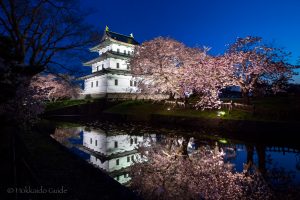 Noted as one of Japans top sakura viewing spots, Matsumae is Hokkaido’s number one place for viewing cherry blossoms. Sitting at the bottom of Hokkaido it is a trek to get there. There are approximately 10,000 sakura trees. The Matsumae Sakura Festival is held here during the hanami season, usually from late-April to mid-May each year. In addition, The Matsumae Castle, Ryuunin Temple, Kozenji Temple, Sakura Museum, and Matsumae Shrine are a must see and all are inside the park grounds.
Noted as one of Japans top sakura viewing spots, Matsumae is Hokkaido’s number one place for viewing cherry blossoms. Sitting at the bottom of Hokkaido it is a trek to get there. There are approximately 10,000 sakura trees. The Matsumae Sakura Festival is held here during the hanami season, usually from late-April to mid-May each year. In addition, The Matsumae Castle, Ryuunin Temple, Kozenji Temple, Sakura Museum, and Matsumae Shrine are a must see and all are inside the park grounds.
2) Fort Goryokaku
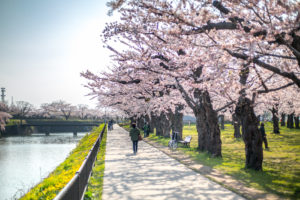 Located in Hakodate, Goryokaku is a star shaped fort and was built in the last years of the Edo Period. This beautiful public park is home to more than 1600 cherry trees. There is a 107 meter observation deck where you can enjoy a bird’s-eye view of the massive star-shaped fortress filled with tons of cherry blossoms, the Mt. Hakodate range, and the ocean in the distance.
Located in Hakodate, Goryokaku is a star shaped fort and was built in the last years of the Edo Period. This beautiful public park is home to more than 1600 cherry trees. There is a 107 meter observation deck where you can enjoy a bird’s-eye view of the massive star-shaped fortress filled with tons of cherry blossoms, the Mt. Hakodate range, and the ocean in the distance.
3) Hakodate Park
Also in Hakodate this park is a popular spot for cherry blossom viewing and especially for Hanami – picnics and BBQ’s under the sakura trees. In this park there are street food stalls, a fountain, children’s playground and a mini zoo. What makes this spot unique is that it is set up for Yozakura which is night time viewing!
4) Shizunai Nijukken Road
 Nijukken Road in Shizunai is also said to be on the list of Japan’s top 100 hanami spots. The road is very straight, about 7 kilometers long and 36 meters wide, and is lined with approximately 3,000 sakura trees. It is said to be the longest row of cherry trees in Japan and offers you an amazing tunnel of cherry blossoms so a car is needed. There are places to stop and walk along the path and get some great photos! The best time to see sakura here is from early May to mid May. Also home to the Shizunai Sakura Festival. For more information look at our article on Shizunai Cherry Blossom Festival.
Nijukken Road in Shizunai is also said to be on the list of Japan’s top 100 hanami spots. The road is very straight, about 7 kilometers long and 36 meters wide, and is lined with approximately 3,000 sakura trees. It is said to be the longest row of cherry trees in Japan and offers you an amazing tunnel of cherry blossoms so a car is needed. There are places to stop and walk along the path and get some great photos! The best time to see sakura here is from early May to mid May. Also home to the Shizunai Sakura Festival. For more information look at our article on Shizunai Cherry Blossom Festival.
5) Nakajima Park
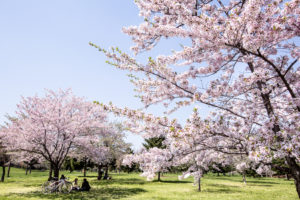
Perfect spot for a picnic
Nakajima Park has been listed as one of “100 most popular urban parks in Japan.” Like other planned Japanese gardens, Nakajima Park changes with seasons. Definitely a great place to take a stroll. The park highlights both early and late blooming cherry trees of different kinds. Where as Maruyama park has tonnes of BBQ’s going on, and lots to do, Nakajima park is a lot more tranquil, due to its bigger area. Nakajima park is more suited to a quiet picnic under the trees.
6) Moerenuma Park
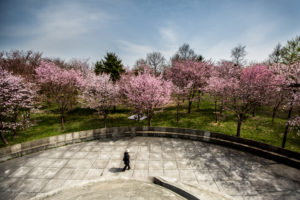 Designed and built by Japanese American sculptor Isamu Noguchi, this park took 7 years to complete. There are many things to see at this park but for cherry blossoms there is a whole section called the ‘Sakura no Mori’ or ‘Forest of Cherry Trees’. It has about 2300 sakura trees of different kinds. There are also huge grass areas where you can have a picnic and unwind. Great spot for walking around!
Designed and built by Japanese American sculptor Isamu Noguchi, this park took 7 years to complete. There are many things to see at this park but for cherry blossoms there is a whole section called the ‘Sakura no Mori’ or ‘Forest of Cherry Trees’. It has about 2300 sakura trees of different kinds. There are also huge grass areas where you can have a picnic and unwind. Great spot for walking around!
7) Maruyama Park
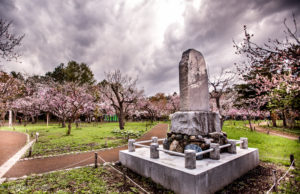
Cherry blossom season
Maruyama park is located in Sapporo and is easy to get to! Probably, the top place for hanami in Sapporo. There are lots of stalls, and lots of BBQ’s and picnics going on during this time! Maruyama park is also home to Hokkaido Shrine. The path to the shrine is lined with sakura trees so it makes for a breathtaking sight as you look down to and from the shrine. Maruyama also has plum blossoms on the grounds. Though not as stunning as the sakura trees, these stay in bloom much longer and are still worth a look!
8) Asahiyama Park
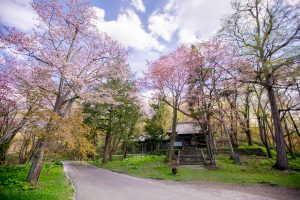
Shrine among the cherry blossoms
Asahikawa is famous for its ramen (chinese noodles) and Asahiyama zoo, which is the biggest in Hokkaido. It also can lay claim to having a fantastic park to view cherry blossoms, so coming in at no. 8 is Asahiyama park in the central city of Asahikawa. This park is an excellent spot for parties, picnics and enjoying the atmosphere to the fullest. The cherry trees here are also lit up at night so yozakura (sakura night viewing) is also on the menu! This park is home to more than 3000 wild sakura trees.
9) Noboribetsu Onsen Sakura Tunnel
Noboribetsu Onsen is said to be the most famous hot spring resort in Hokkaido. The road leading from the JR Noboribetsu Station to Noboribetsu Onsen is lined with about 2000 Ezo Yamazakura cherry trees. It’s a fantastic road to cruise along in your car or motorbike, breath in the mountain air and enjoy the cherry blossom tunnel! Mid May is said to be the best time to see these cherry blossoms!
10) Seiryuji Temple
Last and coming in at no.10 you will have to travel east, far east to the city of Nemuro. Situated on the eastern most point of Hokkaido the sakura trees are located on the grounds of the Seiryuji Temple. The trees are Chishima-zakura cherry trees and they feature one of the oldest cherry blossom trees, which is 150 years old! These are known as the ‘Trees of Nemuro’. Because Nemuro is one of the last places for the cherry blossom trees to bloom, it is best to go around mid May.
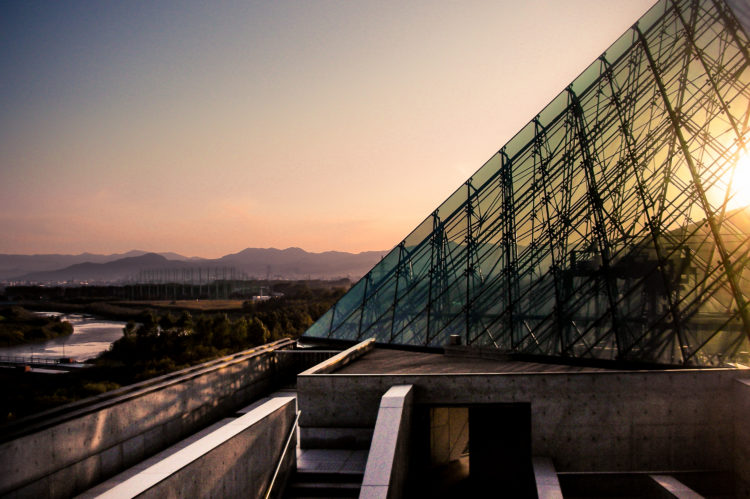
Moerenuma Park
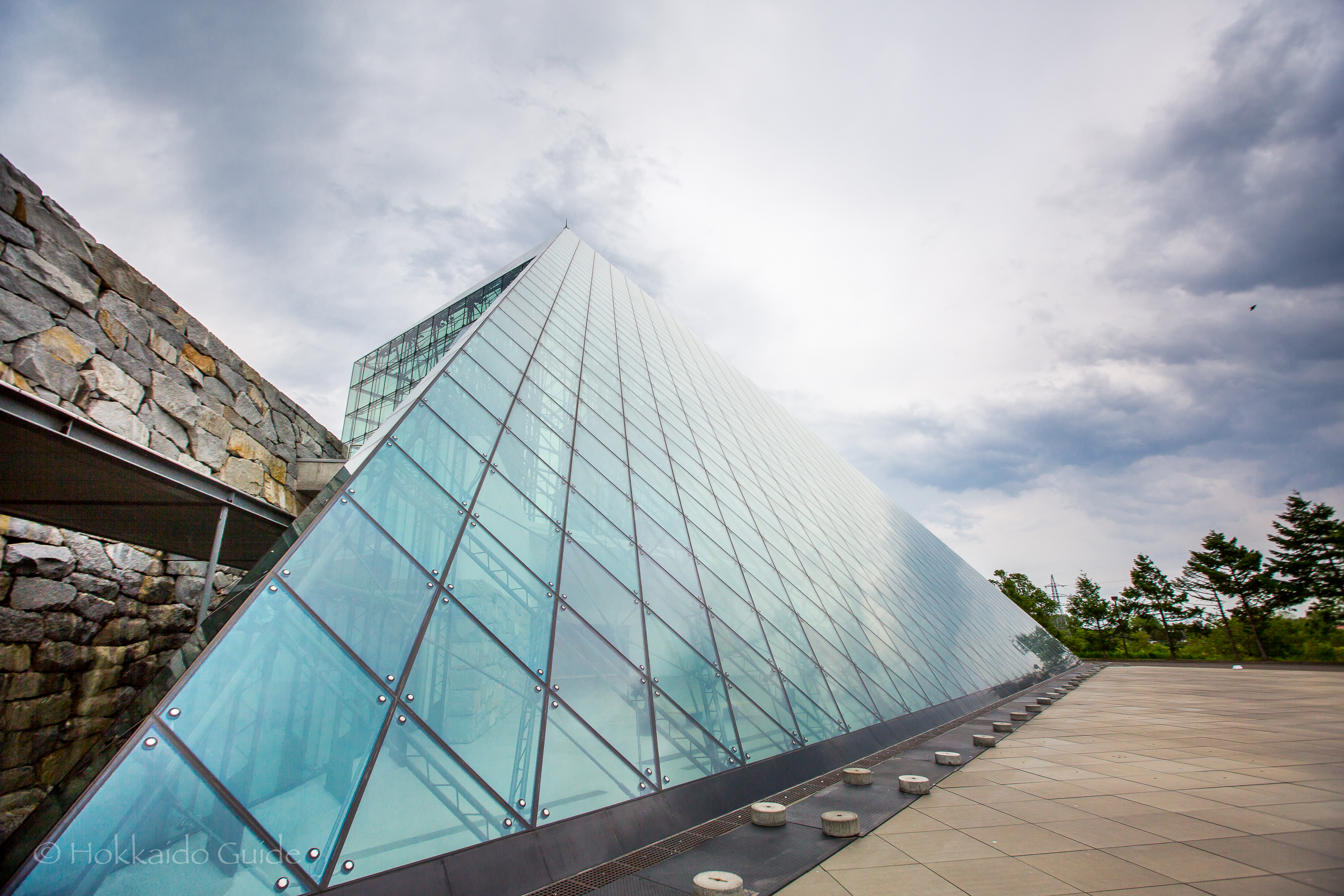
| Admission | Free admission |
| Opening Hours | 7:00 - 22:00 |
| Closed | - |
| Contact | 011-790-1231 |
| Notes | Parking available, Bicycles for hire, French restaurant in pyramid, Art gallery, Photography spot, Kids play area, Picnic spot, Water park, Wheelchair access |
| Location / Getting There | Take bus from Sapporo. Details see below. 1 Moerenumakōen, Higashi-ku, Sapporo-shi, Hokkaidō 007-0011, Japan |

View of the park from the hill
This magnificent park design is owed to the master planning by Isamu Noguchi (1904-1988) , a Japanese-American artist, sculptor and landscape architect. Construction started in 1982 and was completed in 2005. It was built over a vast waste treatment plant and covers a huge 1.89 square kilometers. Sculptor Isamu Noguchi created the basic design based on the concept of “the whole, being a single sculpture”. The park is a must see and fuses together contemporary design with nature.
[the_ad id=”4264″]
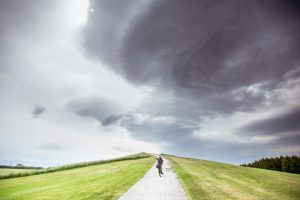
Good photography spot
The park contains many sculptures and has many features throughout. Its a great place to visit with family, with friends or for a date out. Cherry blossoms bloom in the spring, and the fountain and wading pool facilities are open in the summer. The Autumn brings out the beautiful changing colors , and there is cross-country skiing and sledding across the snow-covered landscape during winter. The park has attractions for all seasons. Rental bicycles are available from late April to early November for 100 yen per hour.
| Access From JR Sapporo Station | |
| 1. | Take the subway Toho Line (blue line) to Kanjo dori higashi station (25-min. ride) From Kanjo dori higashi station take the Chuo Bus [higashi 69] to Ainosato kyoikudai eki. Get off at “Moerenuma koen higashiguchi (east entrance) or From Kanjo dori higashi station take the Chuo Bus [higashi 79] to Nakanuma Shogakko dori, get off at “Moerenuma koen higashiguchi (east entrance) |
| 2. | From subway Namboku Line (green line) to Kita sanjuyo jo Toho line “Shindo higashi” (30min. / 20min. ride) Chuo Bus [Higashi 76] to “Shogakko dori”, get off at “Moerenuma koen Nishiguchi (west entrance)* |
| 3. | The seasonal bus service to Moerenuma Park in the summer runs to all parts of the city, including “Bus Center”, “Asabu”, and others. |
| *The west entrance (Nishiguchi) is closed during snowfall. | |
PARK FEATURES:
HIDAMARI
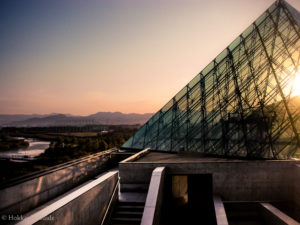
From the rooftop of the pyrmaid
One of the main structures and the symbol of the park is the glass-walled pyramid. This beautiful building serves as an art gallery. Exhibitions are held throughout the year by prominent artists. Prices vary on the exhibition. The Hidamari Pyramid also contains a delicious French restaurant, a gift shop, an ice cream shop and small take out lunch shop, plus an information center and has a viewing platform overlooking the park and the outlying areas. The viewing platform at the top of the pyramid is open from 9:00 until 20:00 during summer, 19:00 in Spring and Autumn, and until 17:00 during the winter months. It’s a good idea to check out this platform first, so you can plan out what areas you want to see in the park!
- Inside the structure
- Beautiful design
- View from the 3rd floor
- Art gallery space
- Take out coffee
- Food store
- Lunch box set
- Gift shop
MOUNT MOERE
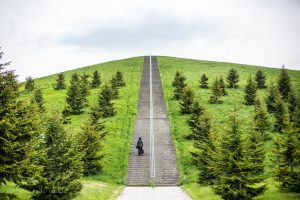
Long walk up
Standing at 62 meters this man made mountain offers the best view of Moerenuma Park and the surrounding areas. There is a long winding track up, or a long flight of stairs straight to the stop. So if you’re also into fitness it’s a good work out! In winter, visitors can enjoy sledding and skiing on the mountain, making this feature one of the main attractions for visiting the park in winter. From this hill you can see all the way to Sapporo, and out over Hidamari. It is a good spot to get some photos!
MOERE BEACH
There is a shallow water park open from June to mid September. The paved pond is only a couple of feet deep which is great for young kids to play and splash around in. There are 3 water fountains in the pond as well so its also a popular area in the heat of summer. Ample grass space surrounding the pond is used for setting up tables and tents.
Open: Jun.13 – Sep.2. 10:00-16:00
Closed: Every Thursday
SEA FOUNTAIN
Surrounded in a copse in the middle of the park is the ‘Sea fountain’ which has a showtime at various times during the day. The giant fountain shoots up to 23 metres and was created to show the ebb and flow of life. At night the show is illuminated in time with the water.
| Operating Period April 29 - October 20 |
| Timetable for Weekends and National Holidays April 29 - May 31 10:30 - 10:45, 13:15 - 13:55, 16:00 - 16:15, 18:30 - 18:45* |
| June 1 - August 31 10:30 - 10:45, 13:15 - 13:55, 16:00 - 16:15, 19:15 - 19:55* |
| September 1 - October 20 10:30 - 10:45, 13:15 - 13:55, 16:00 - 16:15, 18:30 - 18:45* |
| Weekdays 10:35 - 10:45, 13:15 - 13:55, 16:00 - 16:15* |
| *Service may stop or the timetable may be shortened due to weather conditions, such as winds or heavy rain. |
FOREST OF CHERRY TREES
There is a large forest area interwoven with paths and play equipment which is great for the kids. The play equipment was also designed by Isamu Noguchi and really captures the imagination. These equipment pieces also serve as sculptures in their own right. There are 7 of these pieces hidden throughout this wooded area and not only are they fun to play on but its also fun to walk around and find whats around the corner.
TETRA MOUND
The Tetra mound is a triangular pyramid which is 13 meters in height. It is composed of stainless steel columns, two meters in diameter, and mounted on a grassy mound. The stainless steel surface was completed to resemble Isamu Noguchi’s fountain works in Detroit.
AQUA PLAZA
During Sapporo’s hot summers the Aqua Plaza offers a nice place to cool off. The 150 meter shallow canal flows through a section of the park. The water springs forth from a large sculptural basin. The stream is a great place to walk along, in or sit down and dangle your feet in the water. Isamu Noguchi’s water piece, garden area and stone square surrounded by two large mountains is often viewed as the symbolism of Sapporo.
- Good photography spot
- Relaxing
- Local Wildlife
- One of the structures

